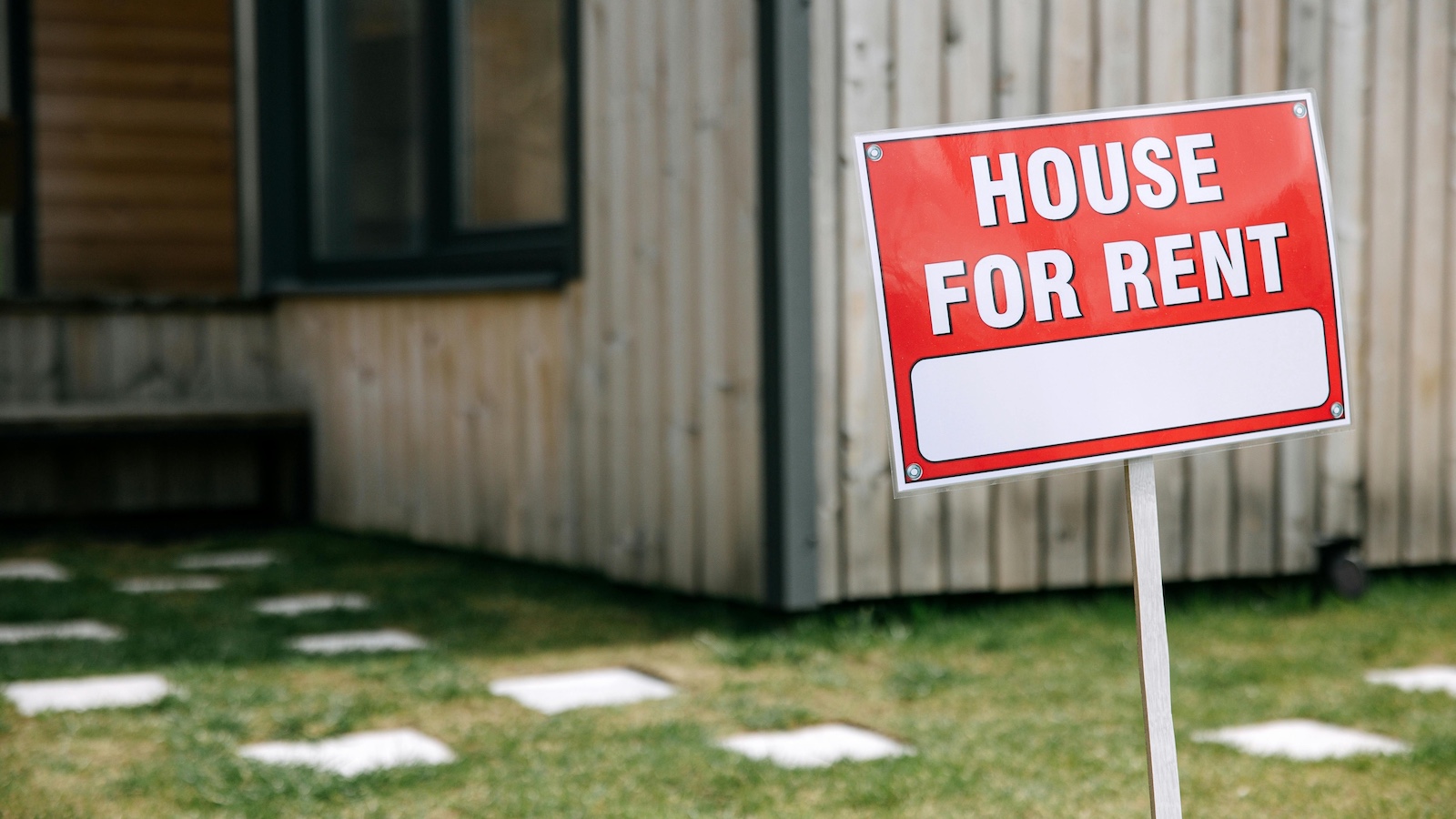KEY TAKEAWAYS:
--Adding solar panels may increase the value of a home by tens of thousands of dollars, creating a need for more coverage -- but some policies specifically exclude solar panels.
--Another conversation to have about solar panels has to do with where they will be installed — detached structures typically are covered only at a fraction of the main structure’s value.
----------
As homeowners look to take advantage of the new tax credits for green home improvements, insurance professionals should see this as an opportunity to show them what insurance implications those upgrades may hold.
Solar panels, battery arrays, wind turbines and even LEED certification could all have impacts on a homeowner’s policy, depending on the policy language, and communicating those nuances will be key to maintaining positive customer relationships.
The first basic rule governing insurance to communicate regarding environmental home upgrades should be that they tend to be the same as any upgrade for the home — if it is permanently attached to the home, it should automatically be covered by the homeowner’s policy. But that doesn’t mean installation isn’t a prime opportunity to open a communication channel with the customer.
One reason is that many homeowners may not realize that their upgrades will increase the value of their homes. A solar array could add tens of thousands of dollars to the home’s value, for example. If the homeowners’ insurance isn’t increased to match, that may mean that in the case of a disaster or loss, they could end up underinsured and without enough coverage to cover the home and the new energy efficient upgrade in a total loss.
Nobody wants to be the agent on the other end of that call explaining why the policy is insufficient to rebuild.
Another reason to talk to the customer is that some policies specifically exclude solar panels. Some lines are excluding some energy-efficient equipment, whether that is because they could get beat up in a hailstorm or because their raised profile could cause them to peel off in a windstorm. Explaining those limitations to the customers is essential so they know what is covered and, more to the point, what is not.
Lithium-ion, whole-house batteries are a newer addition many homeowners are choosing. These allow the solar systems to operate even after a power outage, which would render other solar systems inoperable, because in a power outage most solar systems shut themselves down so they don’t back feed electricity onto the grid and potentially endanger line workers trying to restore power. But with batteries, the power can be diverted away from the grid and into the battery.
Then these batteries can feed that power back to the home at night, serving the role that whole house generators play after a disaster, and also banking energy during normal times.
See also: Homeowners, Renters Are Overlooking Risks
But with new risks comes unknowns. As batteries become more common, it wouldn’t be surprising to see some policies begin to exclude them as potential risks, as well, at least until more risk profiles and loss data comes back on them, so savvy professionals should keep their ears to the ground to see if these limitations do indeed emerge.
Another conversation to have about solar panels has to do with where they will be installed. If the customer chooses to install them on a detached structure, such as a shed or a detached garage, they will only be covered by that portion of the homeowner’s policy, rather than the main structure’s coverage, meaning it will be subjected to a lower coverage limit and may not have adequate coverage to replace them in a loss. That is a nuance most policyholders won’t pay attention to — detached structures typically are covered only at a fraction of the main structure’s value.
And if the solar panels are free-standing, like in a field, they almost certainly won’t be covered by a typical policy, because they aren’t permanently attached to the structure. The same applies to wind turbines, which are almost never attached to the home, so this is a real educational opportunity early in the conversation to prevent confusion.
Federal tax credits are available for upgrading exterior windows and doors using energy-efficient materials. While the contractor is doing that work, the homeowner might do well to also ask whether there are options that might help with their homeowner’s premium. Things like storm-resistant windows or closable storm shutters aren’t strictly covered by the tax credits, but adding them onto the project might not be a huge cost addition with the contractor already working on the energy-efficiency project.
Federal tax credits only apply to renovations, but if the client is building new construction, one option is to opt for is a builder who is certified under the Leadership in Energy Efficient Design by the U.S. Green Building Council. LEED-certified homes use far less energy than other homes, and a handful of policies are offering LEED certification discounts — often 5% off the annual premium.
Both homeowner and business customers can also be steered toward policies with a green coverage rider. These are add-on coverage options that pay an additional amount after a claim to allow for the rebuilding to be done with environmentally friendly components and methods. With this rider, building materials will be recycled rather than landfilled, extra insulation will be used and sustainable materials will be sourced — all for an added premium, of course.
Congress put some significant money behind green renovations when they passed the Inflation Reduction Act, and savvy insurance professionals can use those incentives as conversation starters to show where energy efficiency overlaps with the insurance world.








